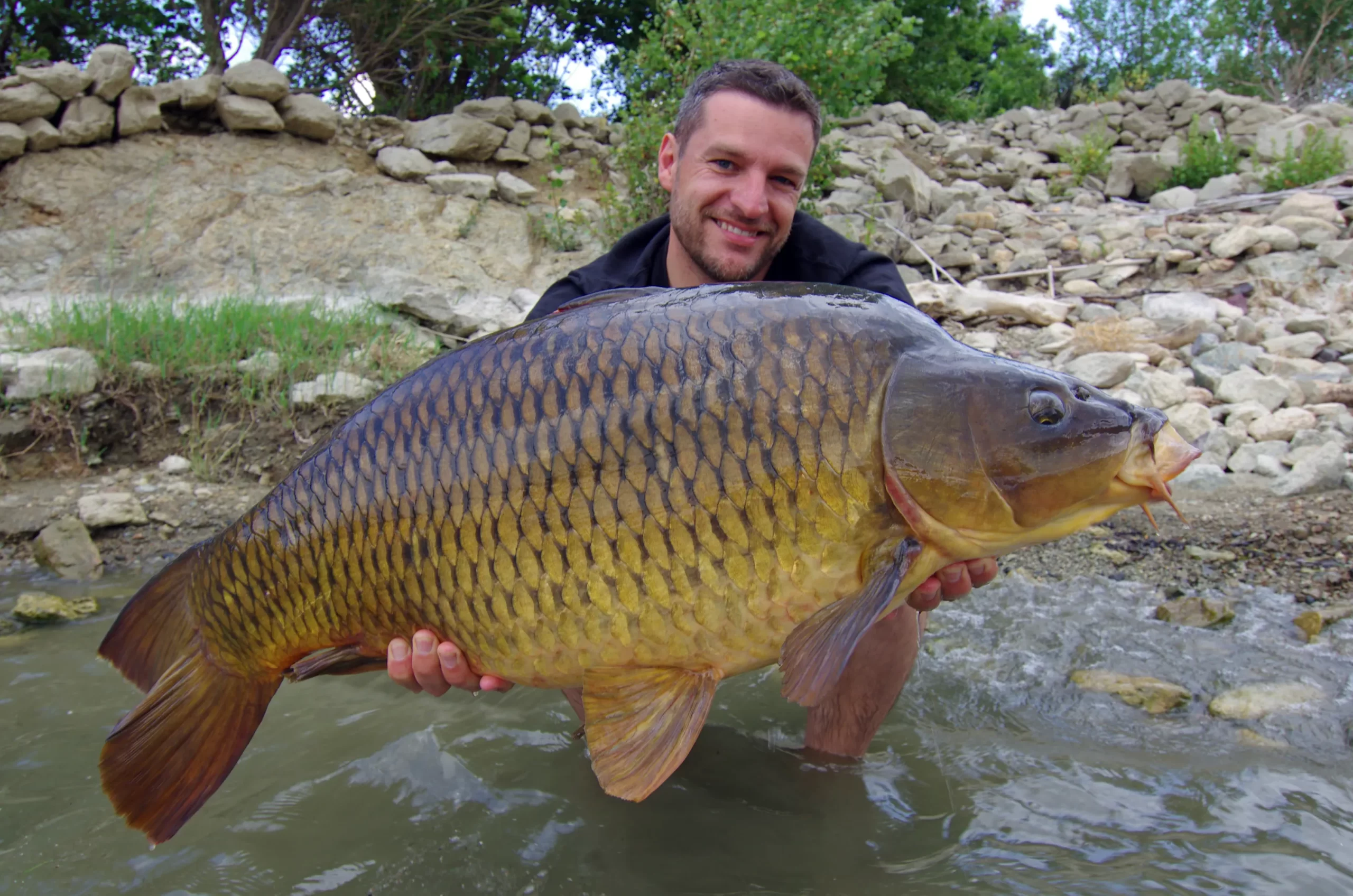Have you ever reeled in a whopper that you think might be a world record? It’s an exciting possibility, but claiming that title requires following a specific process. Here’s a breakdown of the steps involved in certifying a world record fish with the International Game Fish Association (IGFA):
-
Identify Your Catch: First, you need to accurately identify the species of fish you caught. This might involve consulting a field guide, consulting with a fisheries biologist, or using online resources.
-
Break a Record: Check the IGFA’s official world record listings to see if your fish surpasses the existing record weight for its species and fishing line class. The IGFA maintains records for different line classes (e.g., tippet strength) to ensure a fair comparison between catches.
-
Follow the Rules: Ensure you followed all of the IGFA’s fishing rules during your catch. This includes using legal fishing methods, proper equipment within the specific line class, and fighting the fish ethically. Witnesses are also required to observe the catch and weigh-in process.

-
Official Weigh-in: Find a certified IGFA weighmaster to verify the weight of your fish. These weighmasters are typically located at fishing lodges, marinas, or tackle shops. The weighmaster will follow a specific protocol to ensure an accurate weight is recorded.
-
Application Process: You’ll need to submit an official IGFA world record application form. This form includes details about your catch, the witness testimonies, and a weighmaster’s signature. There’s also a record filing fee involved.
-
Verification and Announcement: The IGFA will review your application and weigh-in documentation. If everything is in order, they will officially recognize your catch as a world record and announce it in their publications.
Remember, catching a world record fish requires a combination of skill, luck, and following the proper procedures. Good luck on your next fishing adventure!
Image/Source: WideOpenSpaces





